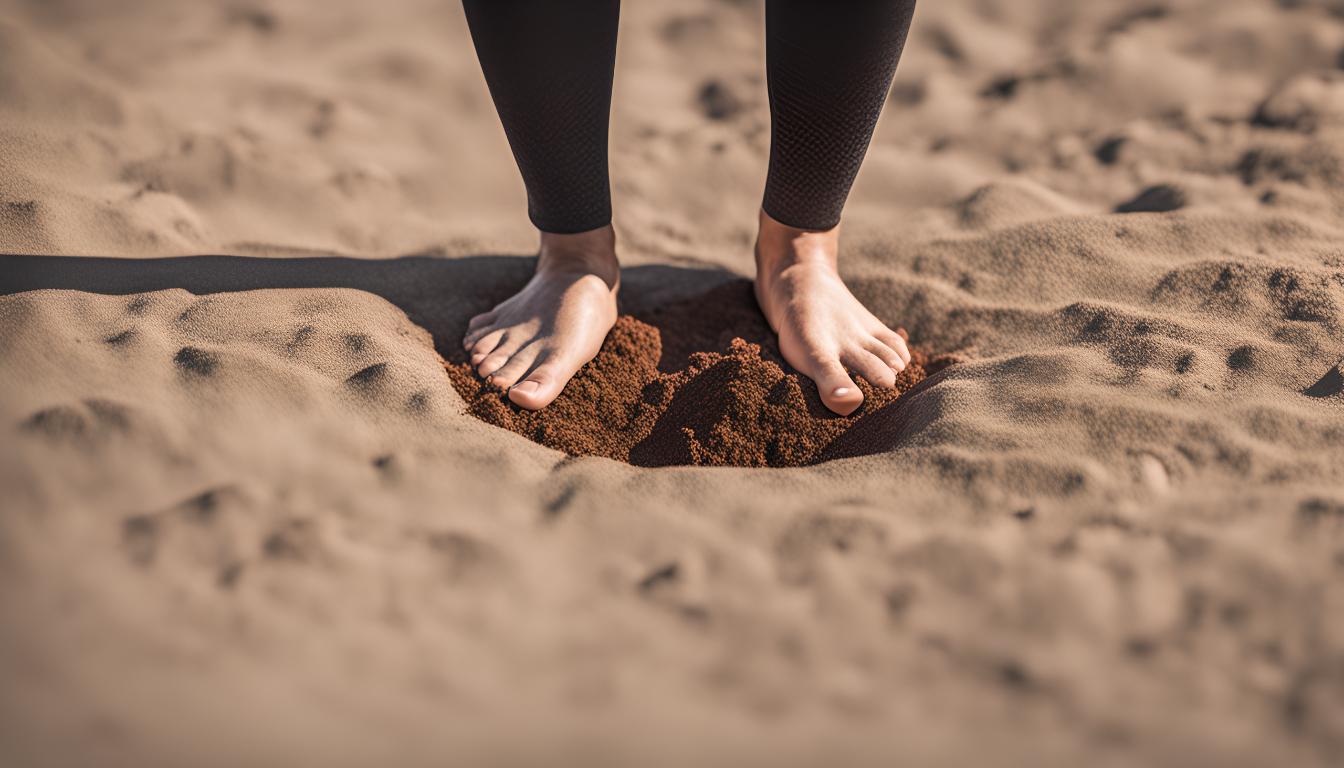
Grounding Therapy
The Science of Grounding: Reconnecting with Earth's Natural Energy
Throughout human evolution, our direct contact with the Earth's surface has diminished. Modern habits, such as wearing shoes with insulating soles and sleeping in electrically isolated beds, have reduced our natural connection to the Earth's electrical ground. Researchers suggest that this disconnection may contribute to a deficiency in electrons, potentially leading to a rise in non-communicable diseases, inflammation, pain, stress, and other health issues (Chevalier et al., 2012; Oschman, 2007).
The Earth's surface is rich in free electrons, which act as natural antioxidants. These electrons can neutralize free radicals that increase reactive oxygen species (ROS) in the body, which are linked to inflammatory and immune responses. Additionally, the Earth's negative electric potential may help create a stable internal bioelectrical environment, essential for the normal functioning of all body systems (Chevalier et al., 2012).
Another hypothesis is that providing free electrons to body tissues saturates the electron transport chains in mitochondria, increasing the availability of adenosine triphosphate (ATP), which energizes immune cells and other cells involved in tissue repair. Furthermore, maintaining electrical continuity between the human body and the Earth's surface may allow geophysical electrical rhythms to influence the body's biological clocks, promoting overall health (Oschman, 2009).
Grounding, or earthing, is a practice that aims to reconnect the body directly to the Earth. This can be done naturally by walking barefoot, gardening, or through specially designed grounding systems like mattresses, sheets, mats, and wrist or ankle bands. These systems are connected to the Earth via a cord inserted into a grounded wall outlet or attached to a ground rod placed in the soil outside (Oschman et al., 2015).
Grounding offers a fascinating glimpse into the potential benefits of reconnecting with the Earth's natural energy. While more research is needed to fully understand its mechanisms and effects, grounding remains an intriguing and accessible practice for those seeking to enhance their overall health and well-being.
References
-
Oschman
JL. Charge transfer in the living matrix.J Bodyw Mov Ther. 2009;
13(3):215–228. doi:10.1016/j.jbmt.2008.06.005
-
Oschman
JL, Chevalier G, Brown R. The effects of grounding (earthing) on inflammation, the immune response, wound healing, and prevention and treatment of chronic inflammatory and autoimmune diseases.J Inflamm Res. 2015;
8:83–96. doi:10.2147/JIR.S69656
-
Oschman JL. Can electrons act as antioxidants? A review and commentary.
J Altern Complement Med. 2007;
13(9);955–967.
doi:10.1089/acm.2007.7048 -
Chevalier G, Sinatra ST, Oschman JL, Sokal K, Sokal P. Earthing: health implications of reconnecting the human body to the Earth's surface electrons.
J Environ Public Health. 2012;
2012:291541. doi:
10.1155/2012/291541.